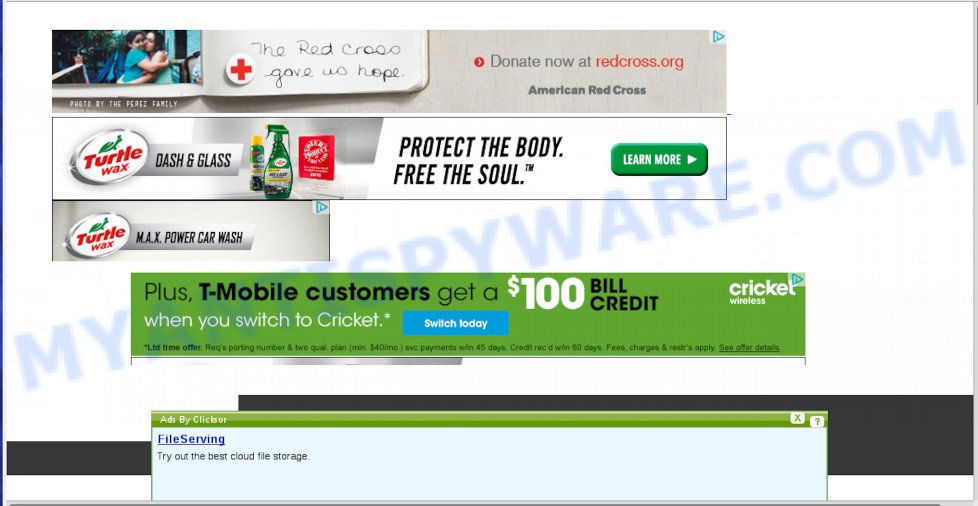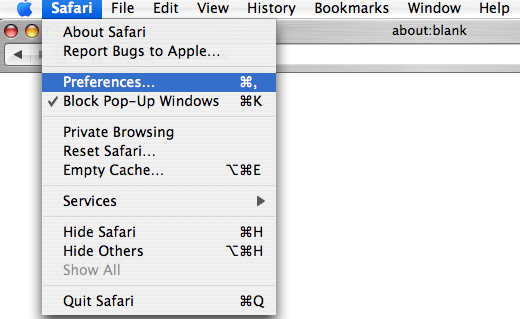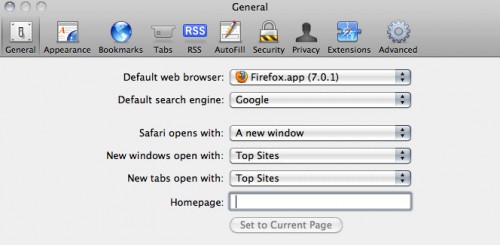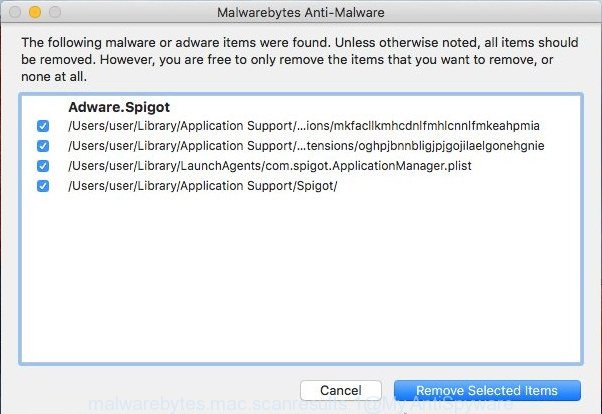What is ServiceLegacy app (extension)? Service Legacy 1.0 is a potentially unwanted program from the Adware (also known as ‘adware software’) category. How does adware work? Adware can cause many issues such as annoying ads and popups on your internet browser, irrelevant search results which reroute to unwanted web sites, web-browser crashes and slow loading web pages.

Unwanted ads
Does adware steal your personal information? Adware can gather your surfing history and privacy data, including passwords and credit card numbers. In the future, privacy info can be transferred to third parties.
Adware usually gets installed as a part of some freeware. These days certain free programs makers bundle potentially unwanted apps or adware with a view to making some money. These are not freeware as install an unwanted applications on to your MS Windows machine. So whenever you install a new free software that downloaded from the World Wide Web, be very careful during installation. Carefully read the EULA (a text with I ACCEPT/I DECLINE button), choose custom or manual installation mode, reject all third-party programs.
Threat Summary
| Name | Service Legacy |
| Type | adware, potentially unwanted application (PUA), pop ups, pop up virus, popup advertisements |
| Symptoms |
|
| Removal | Service Legacy removal guide |
The instructions below explaining steps to remove Service Legacy adware problem. Feel free to use it for removal of the adware software that may attack Safari, Google Chrome and Firefox and other popular internet browsers. The step-by-step guide will help you get rid of adware and thus clean your internet browser from all unwanted ads.
How to remove Service Legacy app (Adware virus removal guide)
There are a simple manual tutorial below that will help you to remove Service Legacy adware from your Mac machine. The most effective way to remove this adware is to complete the manual removal steps and then run MalwareBytes automatic tool (it is free). The manual way will assist to weaken this adware and these malicious software removal utilities will completely remove Service Legacy and restore the Mozilla Firefox, Safari and Google Chrome settings to default.
To remove Service Legacy, perform the following steps:
- Manual Service Legacy removal
- How to delete ServiceLegacy with free programs
- How to stay safe online
- To sum up
Manual Service Legacy removal
Manually uninstalling the Service Legacy is also possible, although this approach takes time and technical prowess. You can sometimes locate adware in your computer’s list of installed apps and uninstall it as you would any other unwanted program.
Removing the Service Legacy, check the list of installed programs first
Some potentially unwanted applications, browser hijacking programs and adware may be removed by uninstalling the free software they came with. If this way does not succeed, then looking them up in the list of installed apps in Finder. Use the “Move to Trash” command in order to remove them.
Open Finder and click “Applications” like below.

You will see a list of programs installed on your computer. We recommend to pay maximum attention to the program you installed last. Most probably, it is the Service Legacy that causes multiple undesired advertisements and popups. If you’re in doubt, you can always check the program by doing a search for her name in Google, Yahoo or Bing. When the program which you need to delete is found, simply right click on its name, and choose “Move to Trash”.
Don’t forget, select Finder, then “Empty Trash”.
Remove Service Legacy adware from Chrome
If adware software, other application or extensions modified your Chrome settings without your knowledge, then you can remove Service Legacy adware and revert back your web browser settings in Google Chrome at any time. Essential information like bookmarks, browsing history, passwords, cookies, auto-fill data and personal dictionaries will not be removed.
Open the Chrome menu by clicking on the button in the form of three horizontal dotes (![]() ). It will display the drop-down menu. Choose More Tools, then press Extensions.
). It will display the drop-down menu. Choose More Tools, then press Extensions.
Carefully browse through the list of installed addons. If the list has the addon labeled with “Installed by enterprise policy” or “Installed by your administrator”, then complete the following tutorial: Remove Google Chrome extensions installed by enterprise policy otherwise, just go to the step below.
Open the Chrome main menu again, click to “Settings” option.

Scroll down to the bottom of the page and click on the “Advanced” link. Now scroll down until the Reset settings section is visible, as shown in the figure below and click the “Reset settings to their original defaults” button.

Confirm your action, press the “Reset” button.
Get rid of Service Legacy adware from Safari
By resetting Safari internet browser you revert back your web browser settings to its default state. This is basic when troubleshooting problems that might have been caused by Service Legacy that causes a huge number of annoying pop-ups.
Run Safari web-browser. Next, select Preferences from the Safari menu.

First, click the “Security” icon. Here, select “Block pop-up windows”. It will block some types of popups.
Now, click the “Extensions” tab. Look for dubious extensions on left panel, select it, then press the “Uninstall” button. Most important to get rid of all questionable add-ons from Safari.
Once complete, check your startpage and search provider settings. Click “General” tab. Make sure that the “Homepage” field contains the website you want or is empty.

Make sure that the “Search engine” setting shows your preferred search engine. In some versions of Safari, this setting is in the “Search” tab.
Get rid of ServiceLegacy from Firefox
If the Firefox web-browser program is hijacked by ServiceLegacy, then resetting its settings can help. The Reset feature is available on all modern version of Firefox. A reset can fix many issues by restoring Mozilla Firefox settings like new tab, home page and search provider by default to their original settings. However, your saved bookmarks and passwords will not be lost. This will not affect your history, passwords, bookmarks, and other saved data.
First, launch the Firefox and press ![]() button. It will show the drop-down menu on the right-part of the web-browser. Further, press the Help button (
button. It will show the drop-down menu on the right-part of the web-browser. Further, press the Help button (![]() ) similar to the one below.
) similar to the one below.

In the Help menu, select the “Troubleshooting Information” option. Another way to open the “Troubleshooting Information” screen – type “about:support” in the browser adress bar and press Enter. It will show the “Troubleshooting Information” page as displayed in the following example. In the upper-right corner of this screen, click the “Refresh Firefox” button.

It will open the confirmation prompt. Further, click the “Refresh Firefox” button. The Mozilla Firefox will start a process to fix your problems that caused by the Service Legacy adware software. Once, it is done, press the “Finish” button.
How to delete ServiceLegacy with free programs
If your computer is still infected with Service Legacy adware which cause undesired advertisements to appear, then the best solution of detection and removal is to use an anti malware scan on the Apple Mac. Download free malicious software removal utilities below and launch a full system scan. It will help you remove all components of the adware from hardisk and Windows registry.
How to delete Service Legacy with MalwareBytes Free
Get rid of Service Legacy adware manually is difficult and often the adware is not fully removed. Therefore, we suggest you to use the MalwareBytes which are fully clean your MAC. Moreover, this free program will help you to get rid of malicious software, PUPs, toolbars and browser hijacker that your MAC can be infected too.

Installing the MalwareBytes Anti Malware is simple. First you’ll need to download MalwareBytes from the link below.
20949 downloads
Author: Malwarebytes
Category: Security tools
Update: September 10, 2020
When the downloading process is finished, run it and follow the prompts. Press the “Scan” button for checking your MAC OS for the Service Legacy adware that cause undesired pop-up ads to appear. This task can take quite a while, so please be patient. While the MalwareBytes Anti Malware application is checking, you can see count of objects it has identified as threat. In order to delete all threats, simply click “Remove Selected Items” button.
The MalwareBytes Anti-Malware (MBAM) is a free application that you can use to get rid of all detected folders, files, malicious services and so on.
How to stay safe online
We suggest to install an ad blocker program that may block malicious and other undesired web-sites. The ad-blocking tool like AdGuard is a program that basically removes advertising from the Web and blocks access to misleading websites. Moreover, security experts says that using adblocker applications is necessary to stay safe when surfing the Internet.

Installing the AdGuard is simple. First you will need to download AdGuard on your Microsoft Windows Desktop from the link below.
3755 downloads
Author: © Adguard
Category: Security tools
Update: January 17, 2018
Once the downloading process is done, run the downloaded file. The “Setup Wizard” window will show up on the computer screen.
Follow the prompts. AdGuard will then be installed. A window will show up asking you to confirm that you want to see a quick tutorial. Click “Skip” button to close the window and use the default settings, or click “Get Started” to see an quick tutorial which will assist you get to know AdGuard better.
Each time, when you start your MAC system, AdGuard will run automatically and stop annoying popup ads, block harmful or misleading web-pages.
To sum up
Now your MAC should be free of the Service Legacy adware that cause intrusive ads to appear. We suggest that you keep AdGuard (to help you block unwanted ads and unwanted harmful webpages) and MalwareBytes Anti Malware (to periodically scan your machine for new malware, browser hijacker infections and adware software). Make sure that you have all the Critical Updates recommended for Mac operating system. Without regular updates you WILL NOT be protected when new hijacker infections, harmful programs and adware are released.
If you are still having problems while trying to delete Service Legacy adware software from your browser, then ask for help here.

















